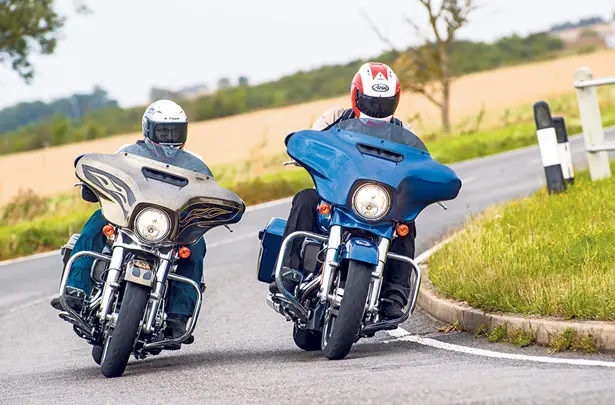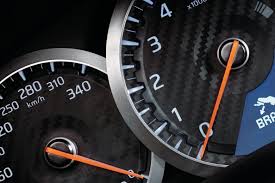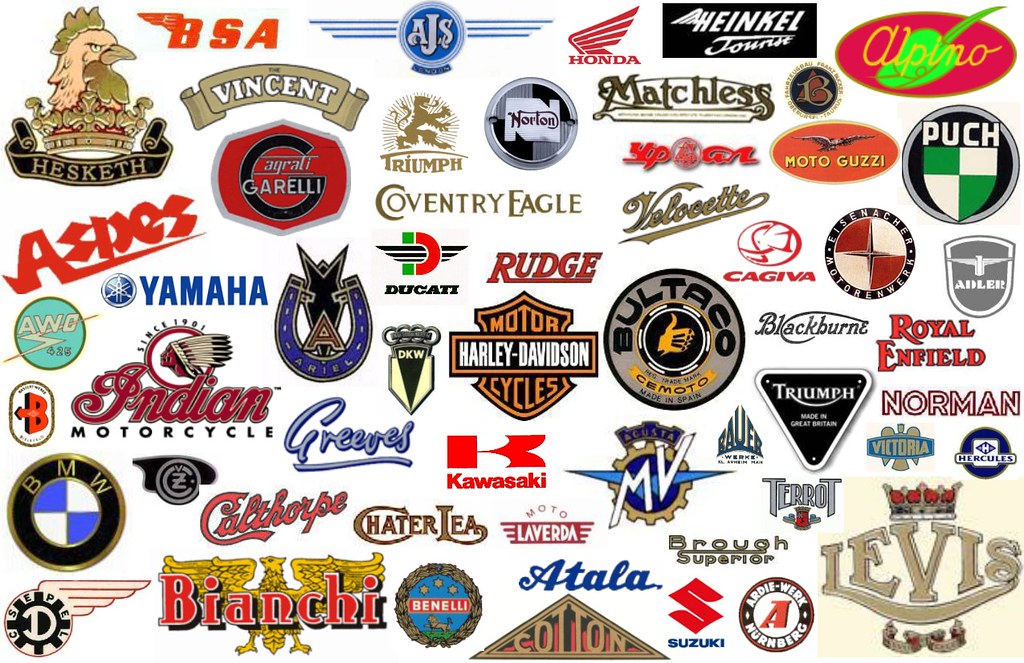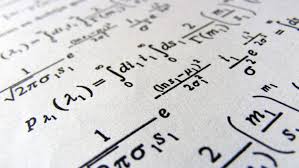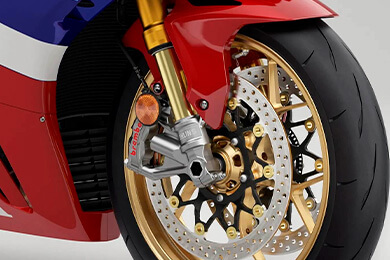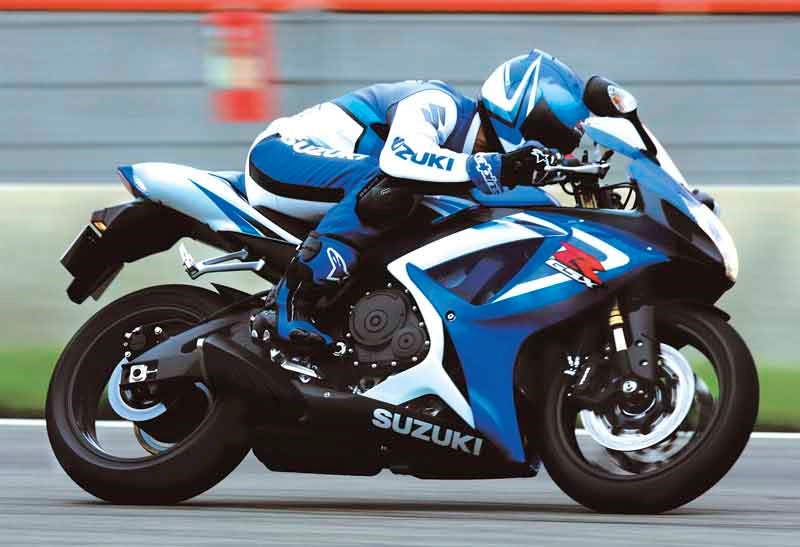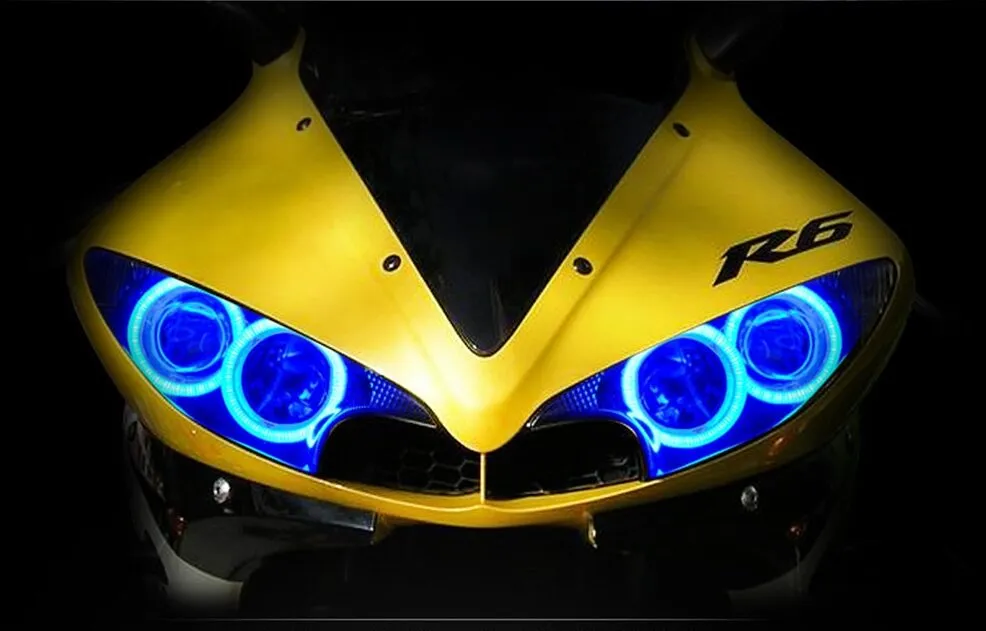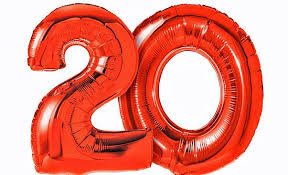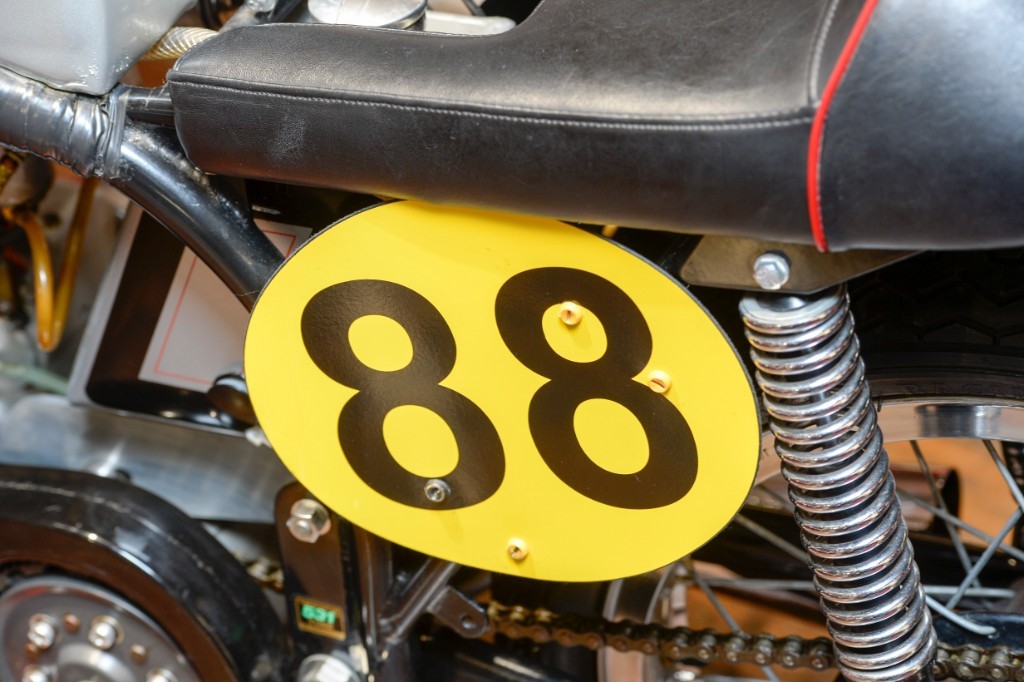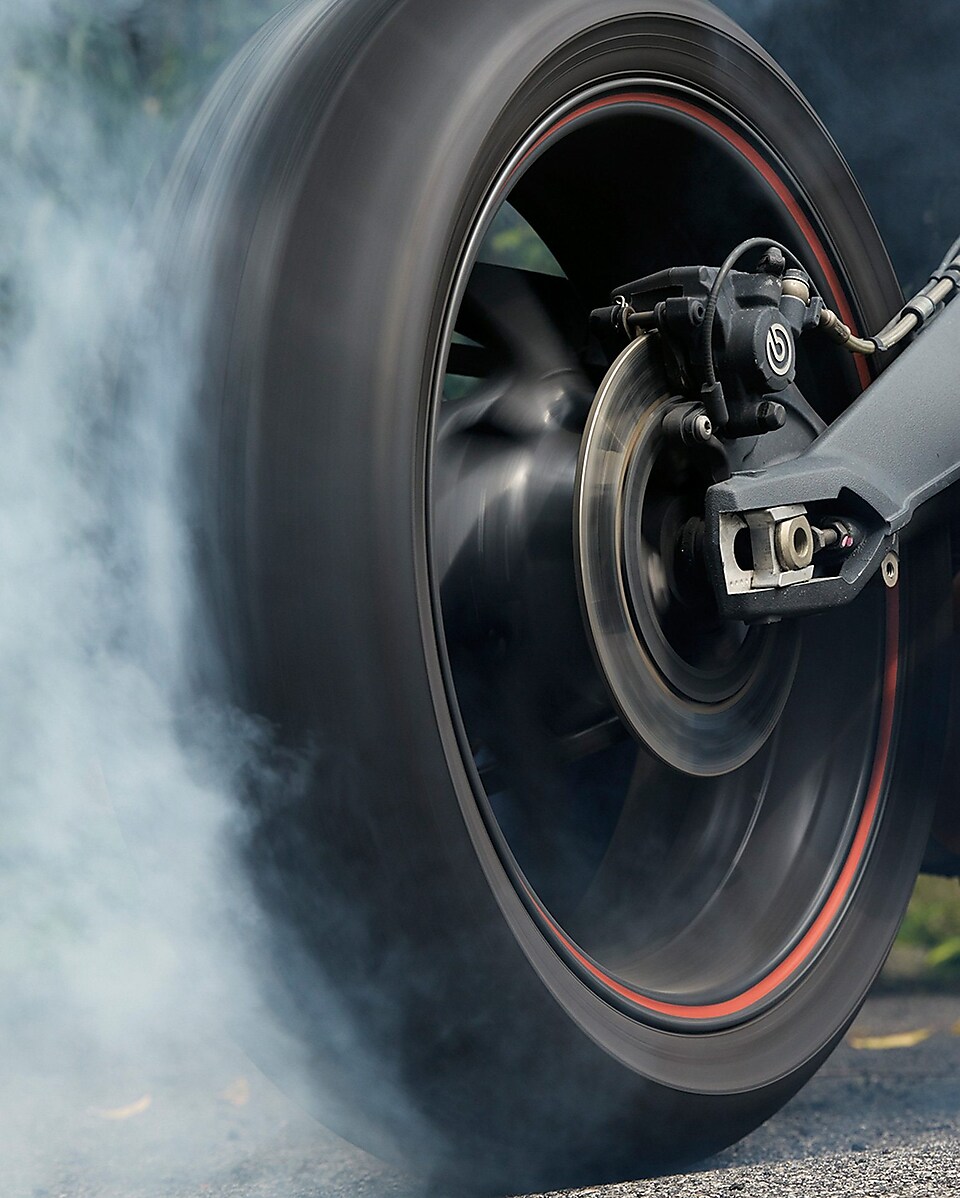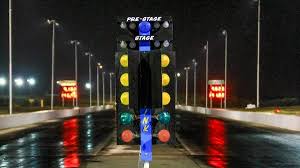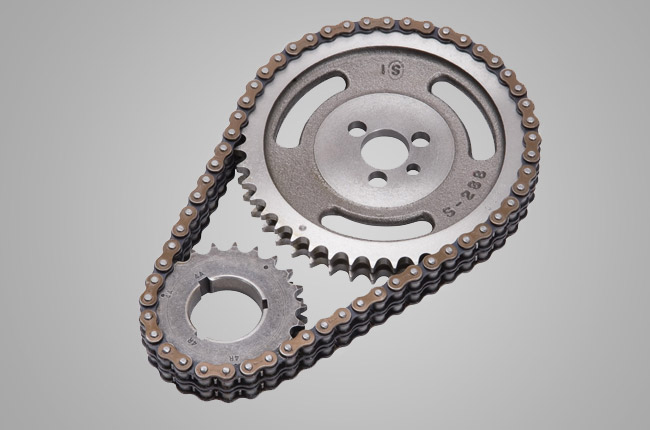


This edition of the Kawasaki ZL 400 LX Eliminator is the 6 speed | Manual version and was first brought out in 1988. This was at around the same time as the introduction of the 1989 Suzuki GS 500 E and the 1988 Suzuki TV 250 Wolf.This particular Kawasaki ZL 400 has a 398cc Liquid cooled, Two stroke, Horizontal In-Line Petrol powerplant with 4 cylinders and Carburettor.
![Suzuki GV 700 GL Madura - [1984] image Suzuki GV 700 GL Madura - [1984] image](/editionimages/b/default.jpg)
An alternative Horizontal In-Line engine, Cruiser style motorbike includes the Suzuki GV 700 GL Madura - [1984]
The 1988 ZL 400 shares its Horizontal In-Line engine and Cruiser style configuration with the likes of the 1984 Suzuki GV 700 GL Madura and the 1984 Honda CB 750 SC Nighthawk S. Alternatively, if you're looking for other bikes which share the ZL 400's Cruiser style with a similar size of engine then how about the 1982 Yamaha XS 400 L Maxim | 1982cc.1994 Suzuki VS 400 Intruder | 1994cc.
Weighing in at 0 kgs (0 lbs) this makes the Kawasaki ZL 400 LX Eliminator in the same weight category as the 2025 Yamaha Tracer 9 GT+ or the 2025 Yamaha Tracer 9 GT, give or take 50kg.
In terms of power the 398cc 16 valve Horizontal In-Line 4 cylinder engine produces 54 bhp (40 kW) @ 12000 rpm similar to the 2025 Yamaha Tenere 700 [72.4 bhp (53 kW) @ 9000 rpm] or the 2025 Yamaha WR 250 F [36.1 bhp (26 kW) @ 12000 rpm].
The DOHC Two stroke unit throws out torque of 24.5 lb-ft (33.3 Nm) @ 10500 rpm placing it alongside motorbikes of similar performance figures such as the 2025 Yamaha WR 250 F [17.8 lb-ft (24.2 Nm) @ 8100 rpm] and the 2025 Suzuki SV 650 ABS [47.2 lb-ft (63.9 Nm) @ 8100 rpm].
If one combines the weight with power or torque performance for the Kawasaki ZL 400 you can get a better idea of it's real world performance.
![Yamaha FZR 250 DOHC - [1988] image Yamaha FZR 250 DOHC - [1988] image](/editionimages/b/default.jpg)
The 1988 Yamaha FZR 250 DOHC has similar Bhp Per Ton stats as the 1988 Kawasaki ZL 400 LX Eliminator.
The 1988 Kawasaki ZL 400 LX Eliminator has a Power to weight ratio of 254.7 bhp per ton and 116.0 lb-ft per ton. Bhp Per Ton figures of the 1988 ZL 400 competing with the 1988 Yamaha FZR 250 DOHC [279.5 bhp\ton] and the 1986 Yamaha FZR 250 DOHC [279.5 bhp\ton].
If you agree with the late great Carroll Shelby, then arguably an even better indicator of potential performance is Torque. Factor weight into the equation and you end up with - Torque per ton, with the Kawasaki ZL 400 generating around 116.0 lb-ft per ton. If you're curious as to what other motorbikes have as much torque to weight then look no further than the 2016 Honda XRE 300 Single Cylinder [140.9 lb-ft per ton] and the 2013 Honda XRE 300 Single Cylinder [140.9 lb-ft per ton].
With a 0-60mph time of 14.5 secs or a 0-100km/h (0-62mph) of 14.8 secs, this makes the Kawasaki ZL 400 LX Eliminator similar in acceleration to the 2024 Kawasaki Eliminator 500 ABS (14.5 secs) and the 2024 Kawasaki Eliminator 500 ABS SE (14.5 secs). This Kawasaki ZL 400 LX Eliminator also competes in terms of 0-60 mph and 0-100km/h with the 2018 Honda CB 250 R Neo Sports Cafe (0.0 secs) and the 2020 Norton Superlight SS (0.4 secs).
![Honda XR 500 R - [1981] image Honda XR 500 R - [1981] image](/editionimages/b/default.jpg)
Quarter Mile time is a close race between the 1988 Kawasaki ZL 400 LX Eliminator and the 1981 Honda XR 500 R
When talking about the performance of the 1988 Kawasaki ZL 400 LX Eliminator on the drag strip it can reach a quarter mile in an estimated 0 secs @ 0 mph. Bikes with a similar performance down the quarter mile can be found in the 1981 Honda XR 500 R (0 secs) and the 2015 Yamaha XVS 950 V-Star Tourer (0 secs).
The 1988 version of the Kawasaki ZL 400 LX Eliminator has a maximum speed of 100mph.
If maxing out your bike on the AutoBahn is your thing and you're wondering what's faster at the top end than the 1988 Kawasaki ZL 400 LX Eliminator then how about a 2021 Honda CBR 250 RR SP Quick Shifter Special Ed (111 mph) and the 2021 Honda CBR 250 RR (111 mph).





